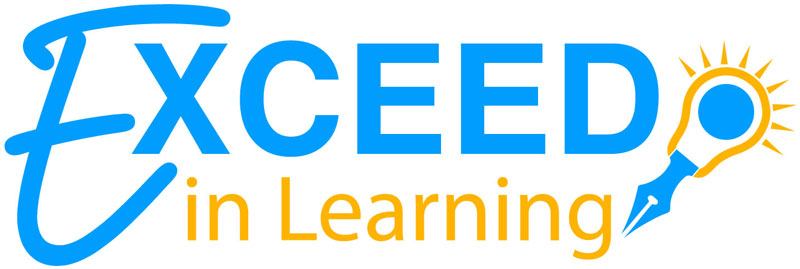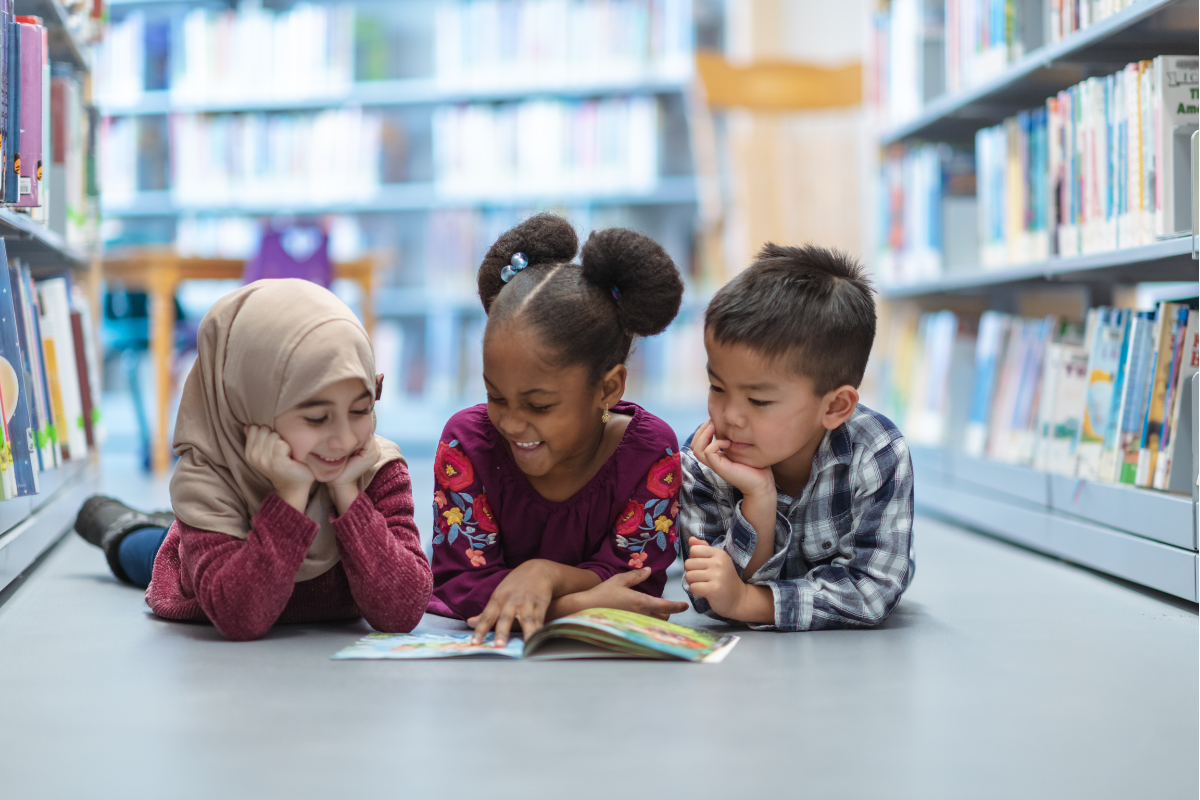The purpose of reading is comprehension. Without comprehension, children gain no meaning from what they read; they are just word-calling. It is no exaggeration to say that comprehending what you read has a profound impact on everyday activities. The earlier that kids develop this fundamental skill, the better off they will be in school, and in life. In this blog, I will share a few tips on how to help your child use mental imagery, often called visualizing, to engage with texts and boost their reading comprehension. Even better, making “movies in the mind” is a visualization strategy that can be done with BOTH fiction and nonfiction text.
Picturing with Picture Books
Many of the books that younger children read already contain beautiful imagery. If your child would like to read a picture book, I suggest sitting across from them so that the pictures are hidden from view. As you read the story, stop after every few paragraphs or every page and ask your child to share what they are picturing in their mind. Talk about any descriptive words that helped them “draw” the image in their head. Their “mind movie” can be about the setting, characters, or events that are happening on the page. After they have described what they imagined, show them the actual illustration and see how it compared to the images in their mind. Are they the same? If not, this is a great time to talk about any differences between the actual illustrations and what they imagined. Be sure to talk about how creating these mental images helped them to understand the events taking place in the story.
Picturing with Chapter Books
As kids get older, the books they read contain fewer and fewer illustrations. But that’s ok! Now, it is up to THEM to use the author’s descriptive and figurative language to conjure up vivid images in their minds and make the story come alive. With chapter books, have your child pause and reflect on every few paragraphs. Discuss any interesting and descriptive details that the author used and how that helped create a mental image of the events on the page. Your child may also want to create a quick sketch of the important details he just read to help him better understand the story.
Picturing with Nonfiction
Often, we omit nonfiction texts when it comes to visualizing, but they can also be a great way to develop this skill. For example, the text may describe a particular type of whale as being as long as a school bus. This use of comparison helps your child better visualize the immense size of the whale, thus strengthening their comprehension of the text. Paying close attention to and discussing the language and structure the author uses is key to understanding and painting that mental “picture” while reading a nonfiction text.
In closing, teaching kids to visualize is fundamental to understanding what they read. I hope that you have gained some new insight into how to help your child visualize while reading a variety of texts. Once this skill becomes familiar to your child, encourage them to use this strategy when they are reading by themselves. You can feel confident that creating “movies in the mind” will help increase reading comprehension and build their confidence.




